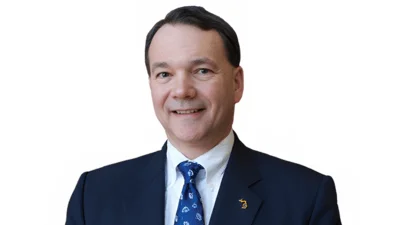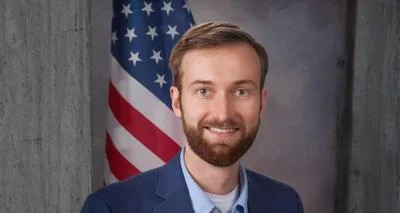Interim President Teresa K. Woodruff, Ph.D. | Michigan State University
Interim President Teresa K. Woodruff, Ph.D. | Michigan State University
Danielle K. Brown, a professor at Michigan State University, has provided insights into how media coverage often emphasizes the spectacle of protests rather than their substance. According to Brown, who has extensive experience researching media narratives around demonstrations, this focus can lead to a disconnect between the intentions of protesters and public perception.
Brown highlights that protests are typically well-organized events aimed at conveying specific messages. However, to those outside these movements, they may appear chaotic and disruptive. This perception is shaped largely by media portrayals that prioritize confrontation over the issues being protested.
Citing recent pro-Palestinian protests on U.S. campuses as an example, Brown notes that while participants aim to amplify voices against perceived injustices, external observers often concentrate on the resulting confrontations and arrests. This tendency is part of what Brown identifies as the "protest paradigm," where media coverage frequently emphasizes sensational aspects over political grievances.
Brown's research into social movements like Black Lives Matter and the 2017 Women’s March shows a consistent pattern in which news outlets headline disruptive elements rather than addressing protest demands or agendas. She points out that this approach can marginalize legitimate political concerns by framing protesters negatively.
Despite this trend, deviations occur when journalists engage deeply with communities involved in protests. For instance, student journalism during recent campus protests has sometimes diverged from mainstream narratives by highlighting administrative decisions affecting protest planning.
Commercial pressures also influence media coverage choices. Newsrooms may favor sensational stories due to established relationships with authoritative sources like government officials, who are more accessible during breaking news situations.
In summary, while some media reports deviate from focusing solely on confrontation, there remains a prevalent pattern where protest substance is overshadowed by spectacle in coverage decisions.






 Alerts Sign-up
Alerts Sign-up